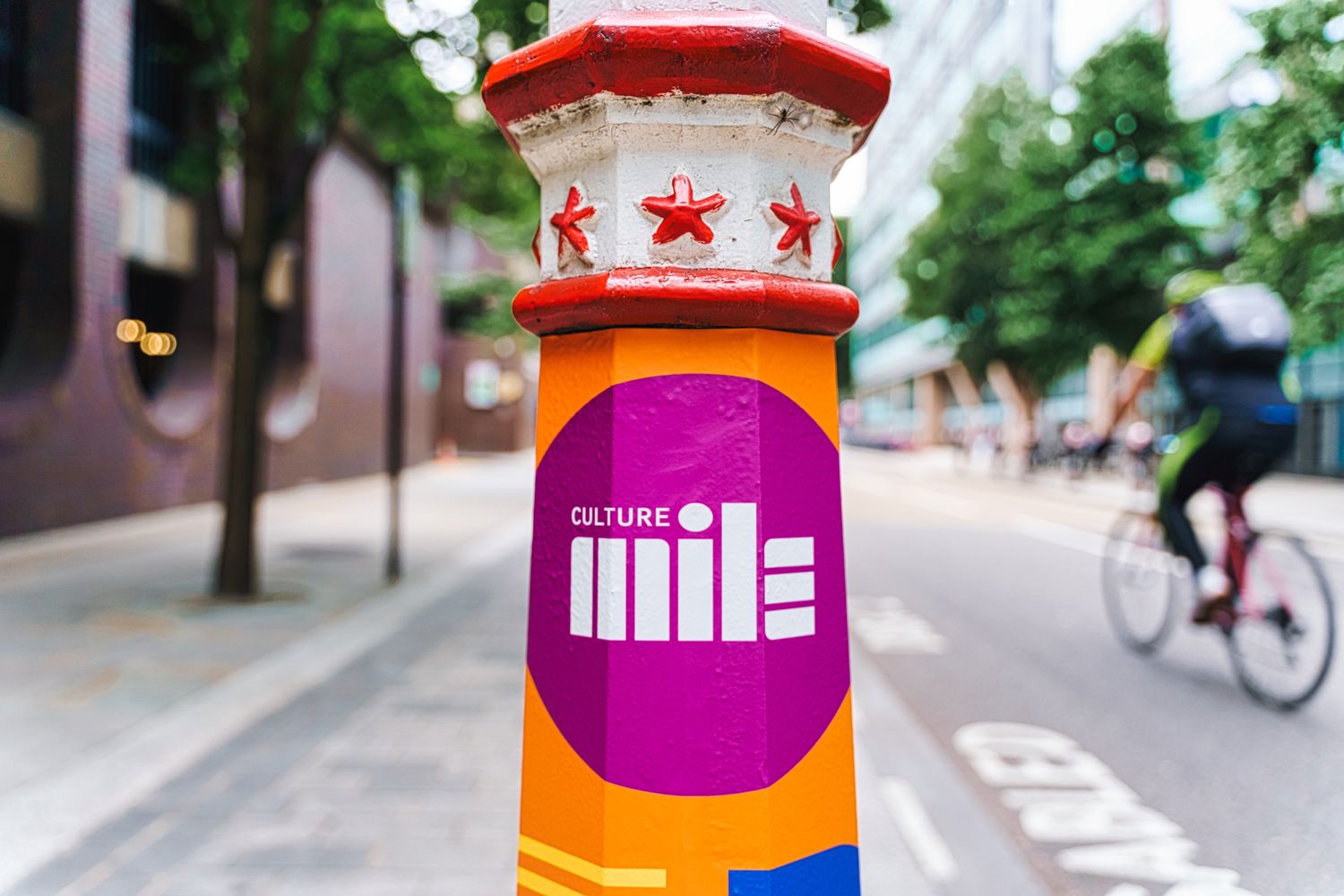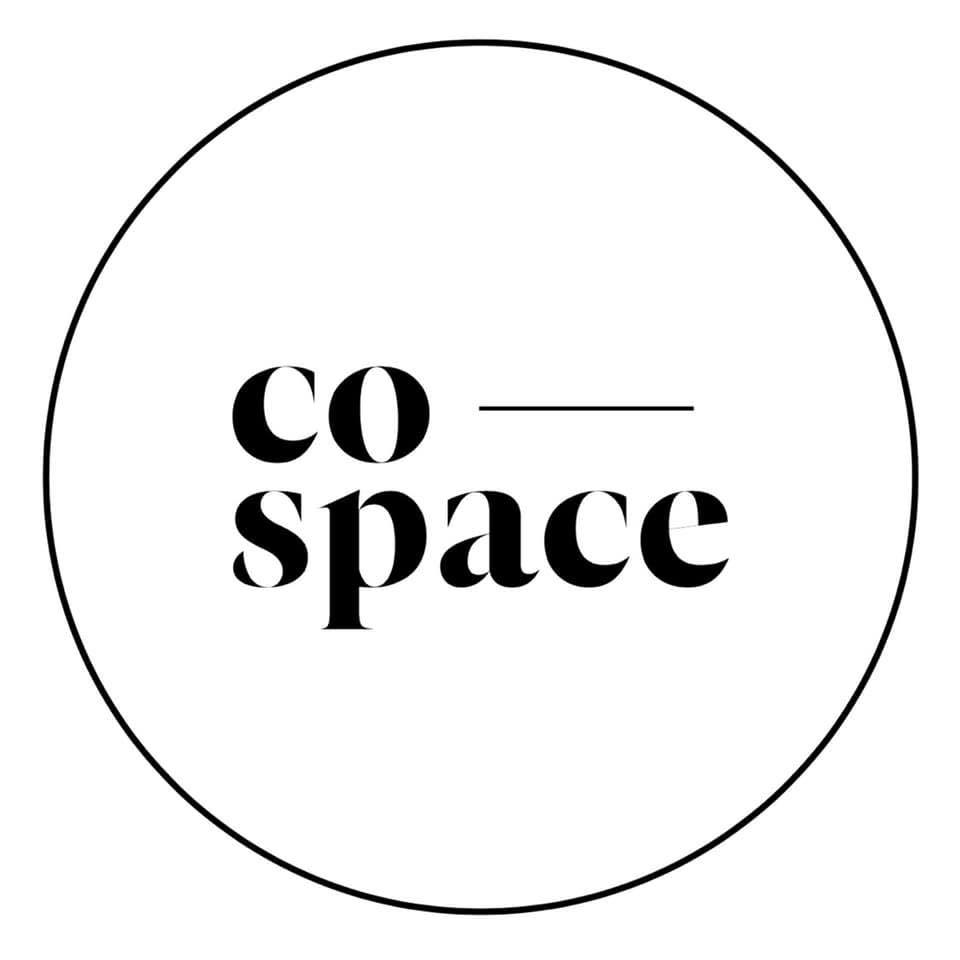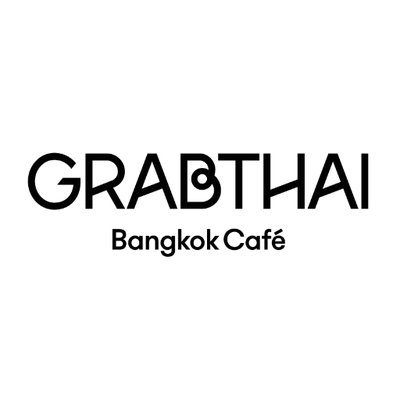Culture Mile for the city of london Vinyl Signs for Public Realm Improvements
‘Culture Mile’ encapsulates a quarter of creativity in London stretching from Farringdon to Moorgate. It’s landmarked by organisations such as the City of London Corporation, the Barbican, Guildhall School of Music & Drama, London Symphony Orchestra and Museum of London.
Naturally the area is a hive of arts heritage events that deliver economic growth and social mobility for the city, and by officially christening it, the City of London aspires to bring a sense of permanence to that vibrancy. As such, an integral part of the Culture Mile initiative was to create a lifestyle for locals, which began with delivering brick & mortar projects to address community needs (such as the Moor Lane Community Garden) and continued by providing public realm improvements.
That’s where Glyphics came in. The City of London called upon us to help establish a stronger visual identity, so we set about making signage that amplified the artistry embedded within the area, while communicating effectively with graphics to tie the district together.


















When the City of London brought Glyphics on board to help the Culture Mile brand physically manifest itself, we were delighted to be their pick of sign makers local to both East London and the City.
Their brief entailed improving the environmental design of Culture Mile’s pillar organisations. In practical terms, this meant creating bespoke vinyls for the windows, planters and bollards surrounding their buildings, as well as replacing panels in the Beech Street tunnel and on the lift on Moor Lane.
First up, we walked the Culture Mile ourselves; computing, quantifying and deciding how to best to hone a more welcoming habitat for residents, visitors, and workers returning to the City after the pandemic. Where would the signs be most seen? What size did they need to be? What type of vinyl would work best where?
As we gathered the answers to these questions, it became apparent that the scope of the project would pose an obstacle in carving out a solid timeline, because we had to consider working across multiple sites and on an assortment of surfaces, while creating true colour, customised and quality signs that would stand up to the elements. As such, we decided to carry out the installation in phases to allow us to react, and took the initiative to bring on board an additional team of installers to help speed up the process when needed.
It transpired that the bollards presented a particularly relishing challenge – being both hexagonal in shape and tapering to a narrow neck the further up they went. It took multiple tests to get the vinyl right for them, and a lot of back and forth with the designer to tweak the end product, making certain it was finished to a meticulous standard suitable for the historic central business district. In the end we wrapped them in vehicle grade vinyl which requires using a heat gun. As anticipated, that meant we had to be flexible with the schedule and liaise across channels to reorganise when the inevitable rainy days hit.
Creatively speaking, our collaboration with Richard Wolfstrome, the client’s designer, who had repurposed the Culture Mile logo into bold and bright artwork, allowed us to put the fun in functional – applying abstract forms to everything from window advertising made out of perforated film, to cut vinyl planter graphics.
Once we had an idea of the measurements and materials, we set about using his pattern to cut through the brutalist architecture prominent across the district. The resulting signs improve civic wayfinding and deliver aesthetic enhancements to the streets, raising awareness of the Culture Mile initiative while forming positive associations to it throughout the area.
FAQs - Culture Mile
Glyphics was instrumental in establishing a strong visual identity for the Culture Mile, enhancing the environmental design of the area with bespoke vinyl signs for windows, planters, bollards, and other public spaces, all to amplify the cultural quarter's artistry and cohesion.
For the Culture Mile project in particular, Glyphics conducted a thorough on-site analysis, considering visibility, size requirements, and material suitability to create the most welcoming environment for the target community. This is our general approach, followed by phased installations and collaboration with additional teams to meet the project's diverse needs effectively.
When it came to Culture Mile, we foresaw the need for an adaptable installation schedule in anticipation of changeable weather conditions and worked that flexibility in. We also protected against exposure to urban elements by utilising vehicle-grade. true-colour vinyl for wrapping the bollards, ensuring the signs were both resilient and of high quality. We’re responsive to any environmental challenges that pop up, and in our experience, we’re equipped for most scenarios that present themselves when sign making for the outdoors.
When working in notable areas like the Culture Mile, we’d consider the architectural integrity, aesthetic value, and local regulations of the location we’re working in to ensure that the signage respects and enhances its heritage.
Through our collaboration with designer Richard Wolfstrome, Glyphics blended functionality with creativity, using bold and bright artwork to produce aesthetic signs that improved visual appeal while injecting cultural branding. Our signage contributed to community enhancement by improving the public space, supporting the City of London’s ultimate aim to increase economic growth and social mobility.
Glyphics created a variety of signs for Culture Mile, including bespoke manifestations for windows, custom vinyl wraps for hexagonal bollards, panels for tunnels and lifts, and visually striking graphics that tie the district together. For more examples of pavement signs, look at the external branding section on our outdoor signs page.
Whether you’re looking at signage for a cultural proiect or for the public realm, or both - contact Glyphics to get creating. We will discuss your vision, conduct a detailed analysis in response to your brief, and provide a tailored solution that enhances the visual and functional aspects of your space.


















